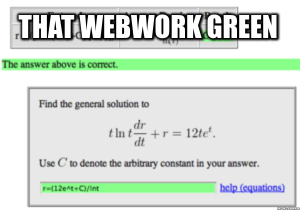Present: Hughes, Yuliya, Professor Poirier
At today’s meeting the following items were discussed:
- Some material for MAT 1190 can be used for MAT 2580 and for physics (solving systems of linear equations).
- The z-score table for MAT 1190 that is available in the ALC contains information only for positive values of z. Students will have to understand 7 different cases to determine how to calculate the area under the normal distribution curve. The old table for MAT 1180 contains the negative z-values; Professor Poirier will double-check that the table for MAT 1190 is current. Different tables are used for these courses and for MAT 1372.
- Since there were few students in the ALC compared to other times, Professor Poirier also used the meeting to conduct short observations of the tutoring sessions for the tutors present.



